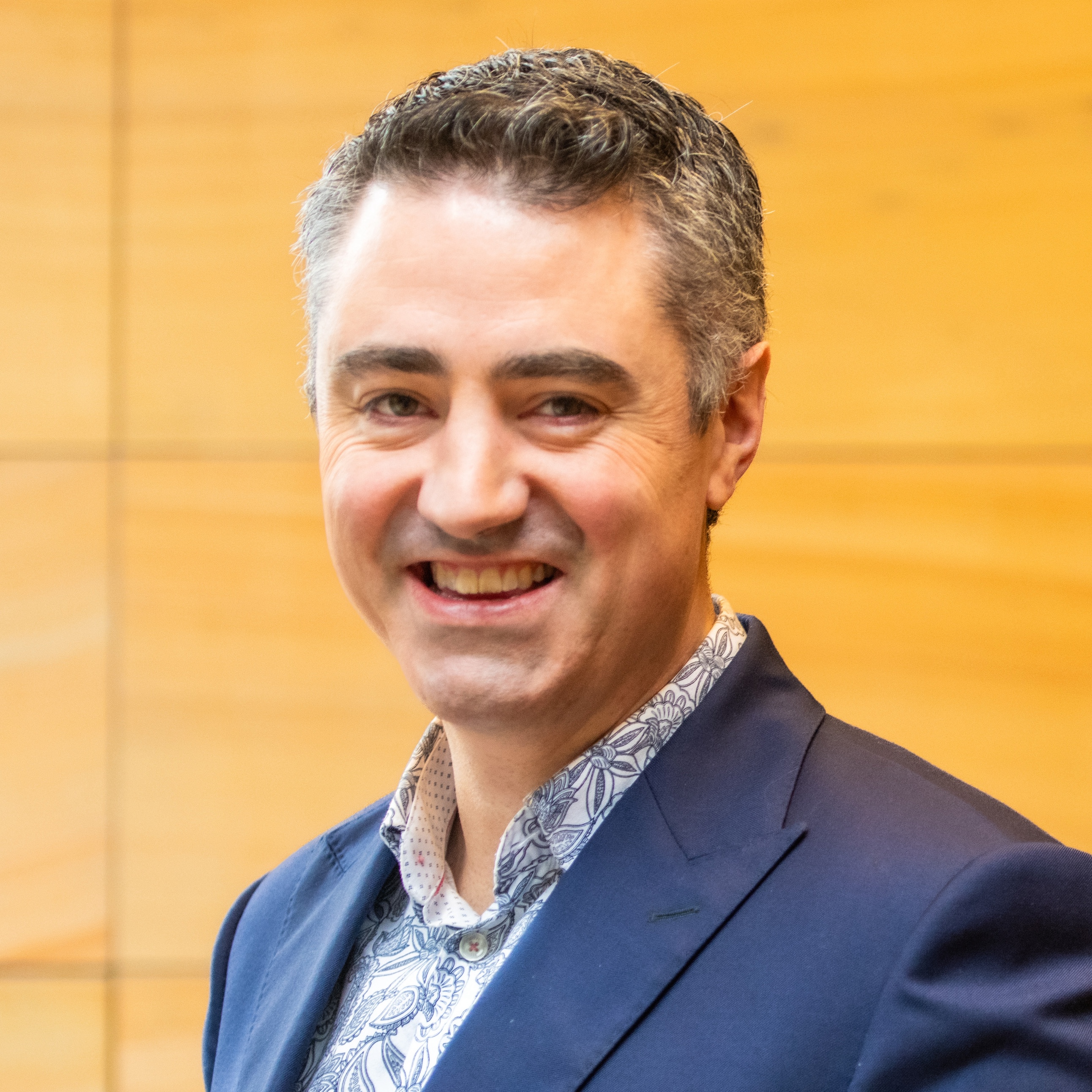An investment strategy for retirees
Let's explore a retirement strategy, where with a little bit of management, an investor living off their portfolio can ride the ups and downs of the market through a total return investment strategy.
In 1985 Harold Evensky, a US financial planner, developed the “bucket” strategy. The idea is simple and widely used by financial advisors today.
The idea is to divide your portfolio/wealth into three “buckets”. A cash bucket to use for your living expenses, a shorter-term investment bucket backed by income assets and a longer-term investment bucket aimed towards growth investments.
Typically bucket one will have two years of living expenses. Everyone’s living expenses are different but according to the Australian Government’s moneysmart website the average yearly cost of living in Australia is approximately $52,000 for a couple, but this will vary depending on your location.
One of the major benefits of this investment approach is the psychological benefits. By separating your portfolio into three clear buckets, retirees can sleep easier during market fluctuations knowing they have two years of cash set aside. Additionally, they have the benefit of being able to choose when they top up that cash bucket.
Commonly, users of this strategy would allow the income produced from buckets two and three to trickle down into the first one. Any shortfall can be replenished either systematically on a set schedule or opportunistically during the market’s good times.
A clear benefit to the approach is avoiding having to sell your portfolio when the market is down or to meet regular living expenses. In fact, the strategy’s uses have now been set up by industry super funds as a pension, based on the strategy that provides income for now while still growing the client’s super balance.
Bucket 1: The Here and Now Bucket
Evensky says this account is the one that is designed to meet your near-term living expenses with a time frame of 2-3 years. This is to be liquid cash. Your everyday cash management account will suffice here, there is no need to pay fees on your everyday cash account. Term deposits are fine to use as well, and yes, we understand some people hate the idea of not generating a return on every dollar they have, but this is playing a specific role in your portfolio. It will help you sleep at night.
Bucket 2: The Feeder
This is account is designed to ‘feed’ the ‘Here and Now’ account through income generation to replenish it as living expenses are drawn. This account is designed to be stable but with its higher income orientation and it will have a higher level of risk than the ‘Here and Now’ account.
When looking at the type of assets to hold in The Feeder, a good place to start would be looking at the InvestSMART Diversified Conservative Portfolio. It is heavily weighted towards Australian and international fixed income.
For those who are earlier in the retirement phase or have a slightly higher risk appetite, look at the spread of assets held in the InvestSMART Diversified Balanced Portfolio. These portfolios invest in the same assets but with different weightings. These portfolios will give you a good idea of where to start with The Feeder.
Bucket 3: Future Building
The growth account – the account designed to look to the future and increase your investment capital over the long term and keep up and ahead of inflation.
This bucket is where you will hold more Australian and international equities. As an idea, if you are at the start of your retirement journey, look at the portfolio breakdown of the InvestSMART High Growth Portfolio. This portfolio has a recommended time horizon of 7 years.
For those already well and truly into their journey, or with a slightly less risky appetite, the weightings of the InvestSMART Diversified Growth Portfolio may be more suitable for the Future Builder.
Topping up the buckets
As mentioned before, it is common to let the dividends trickle down and replenish the cash bucket. When it comes to rebalancing the shortfall in income replenishing, the cash bucket can be done systematically, such as once a quarter or every six months or opportunistically. However, we do not recommend attempting to time the market.
As always we stress that investors should keep an eye on their fees no matter what stage of life they’re at. When retired, management fees will eat into your income.















